Blog posts tagged with spinal cord injury
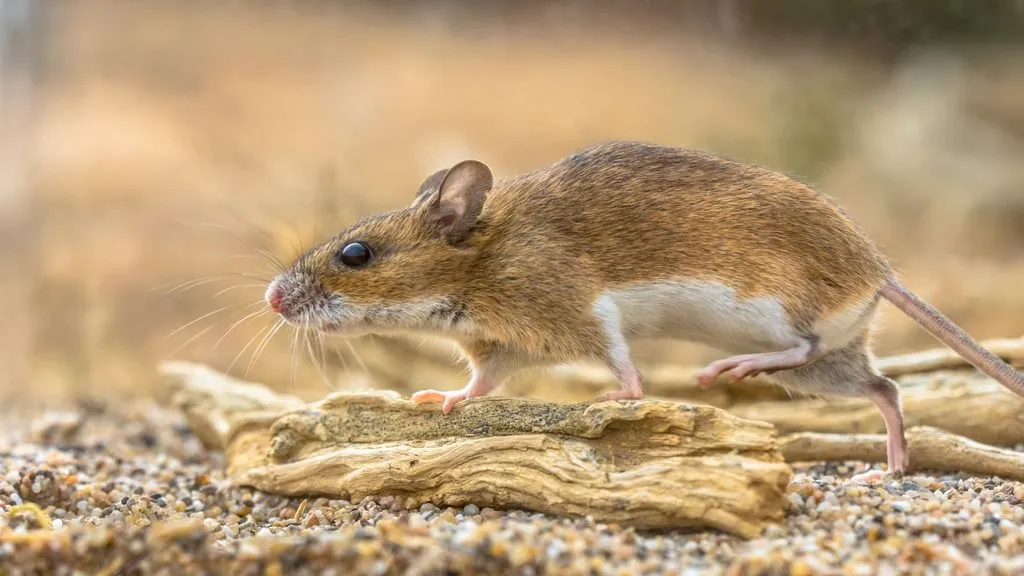
04 Apr
animal behavior research
Gait and Locomotion
Rat strain and sex matter in spinal cord injury research: insights from CatWalk XT
Researchers from the Central University of Michigan studied how different rat strains and sexes recover from spinal cord compression injuries, providing valuable insights into recovery variability and potential treatment consideration.

17 Aug
animal behavior research
Other (Animal)
6 TED talks to kick off your academic year
Let's get a good warming up for the new academic year. We have compiled six interesting neuroscience TED talks, ranging from optogenetics to AI, to inspire you in the new year.
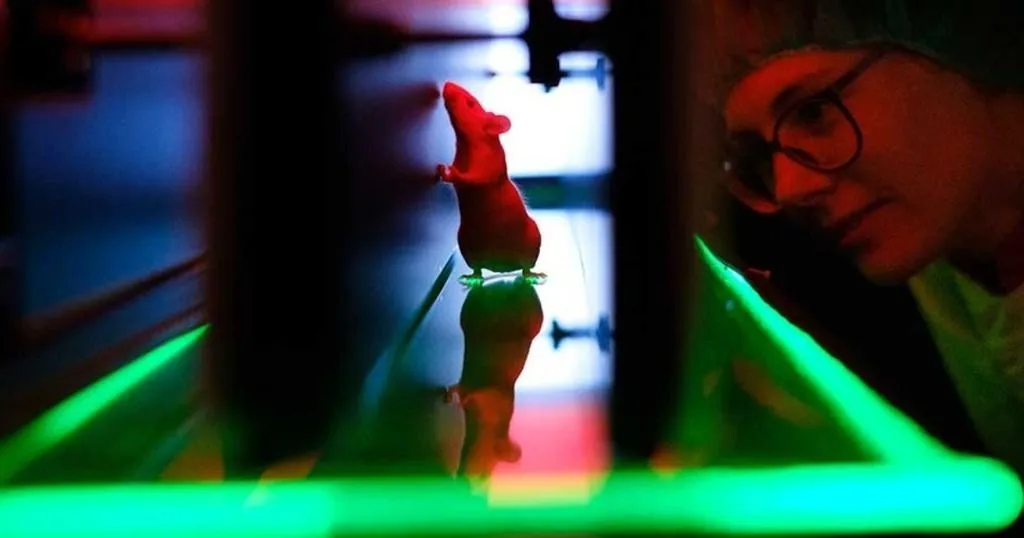
13 Jul
animal behavior research
Gait and Locomotion
Choosing the right parameters in CatWalk XT
CatWalk XT provides the opportunity to study a variety of gait parameters. But, which parameters should you use for your mouse model? Read this blog to learn more!
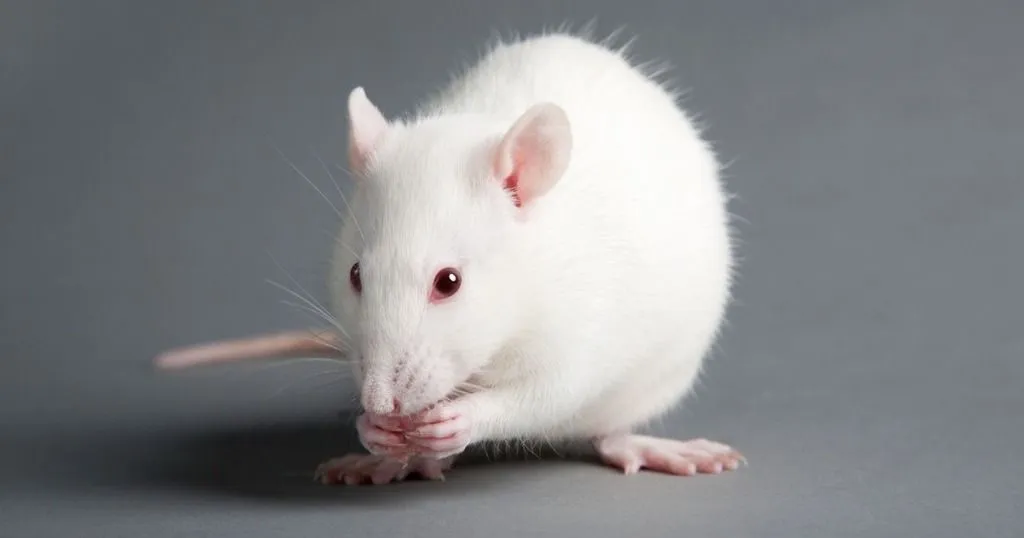
22 Dec
animal behavior research
Gait and Locomotion
Extracellular vesicles from umbilical cords improve traumatic spinal cord injury
Spinal cord injury is crippling and hard to treat. Secondary injury caused by inflammation and scarring significantly impact motor function and locomotion. Extracellular vesicles can improve recovery.
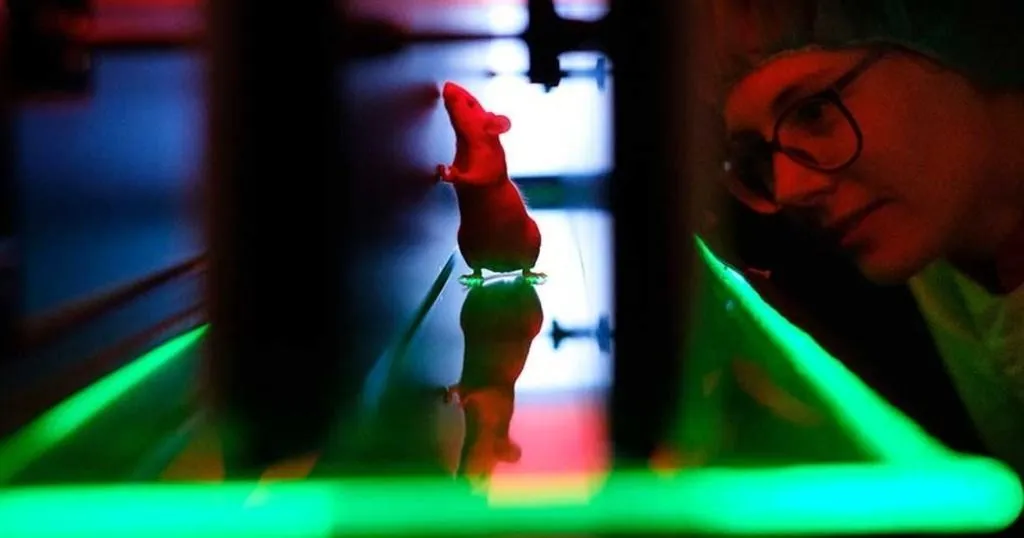
29 Sep
animal behavior research
Research Methods
What you need to know about the CatWalk gait analysis method
Let's take a little step back and talk about the history and technology of the CatWalk system. What was the reason of creating this gait analysis system for rats and mice? How does it work?
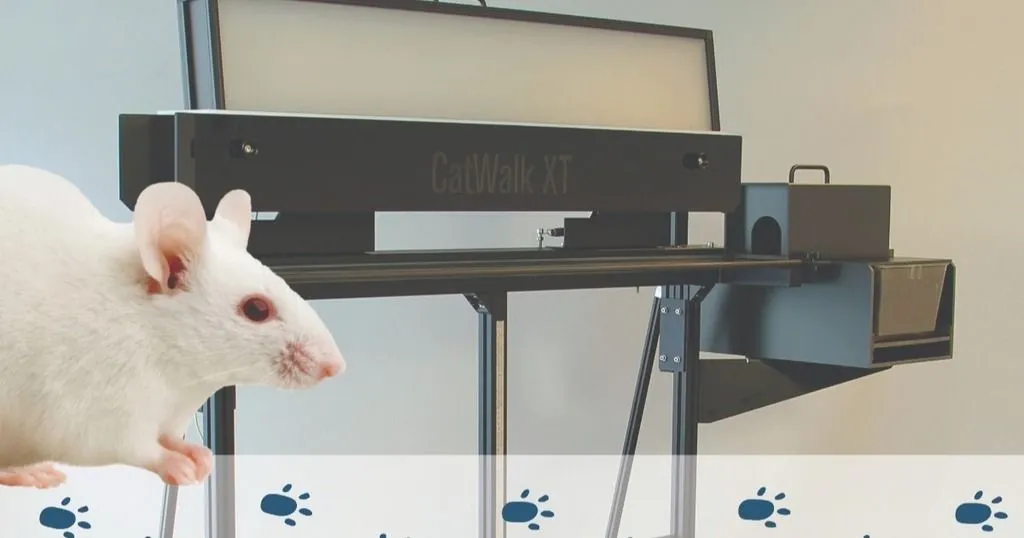
11 Apr
animal behavior research
Gait and Locomotion
3 ways to use rodent gait analysis in CatWalk XT
CatWalk XT has been used for gait analysis in multiple studies and has helped experimental procedures for a number of neurological disorders and in lesion models. These 3 blogs tell you more about that!
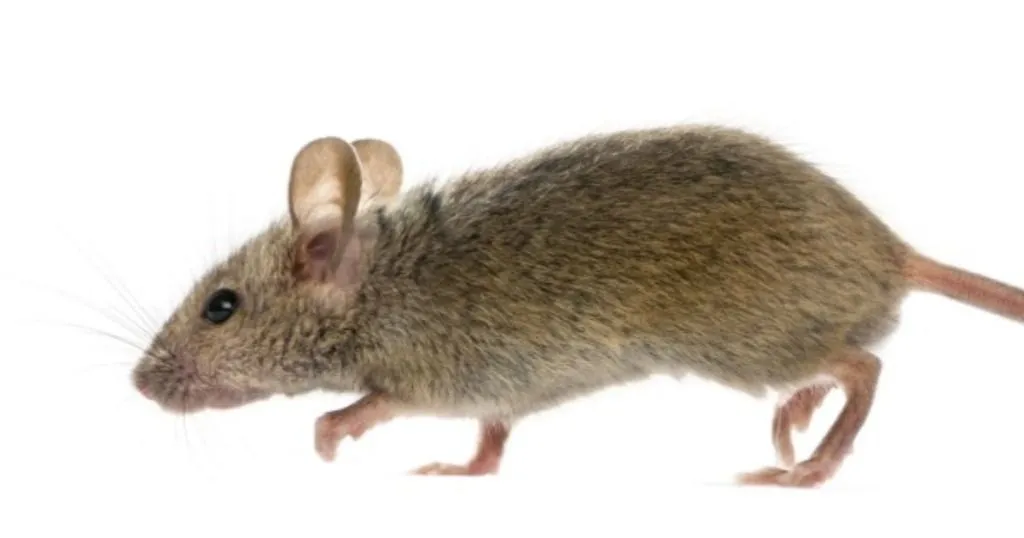
08 Jun
animal behavior research
Gait and Locomotion
Mice walking again after a complete spinal cord crush
Researchers from the University of Bochum achieved significant scientific results by making mice walk again after a complete spinal cord crush! Read more about it in this blog post.
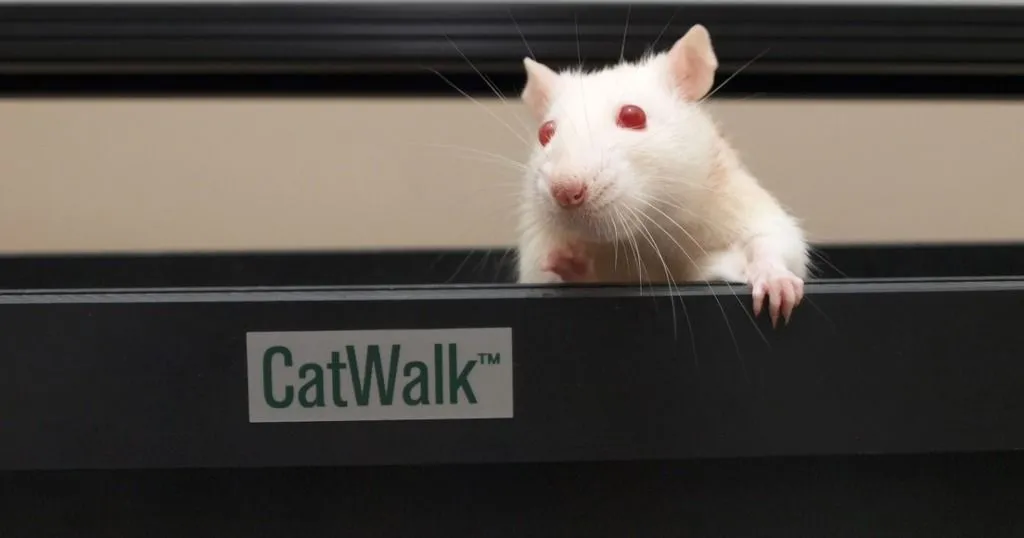
15 Apr
animal behavior research
Gait and Locomotion
Gait research: let your animals walk freely
Researchers use different ways to analyze gait in animals. In what instances would a study benefit from a system that is based on voluntary walking?
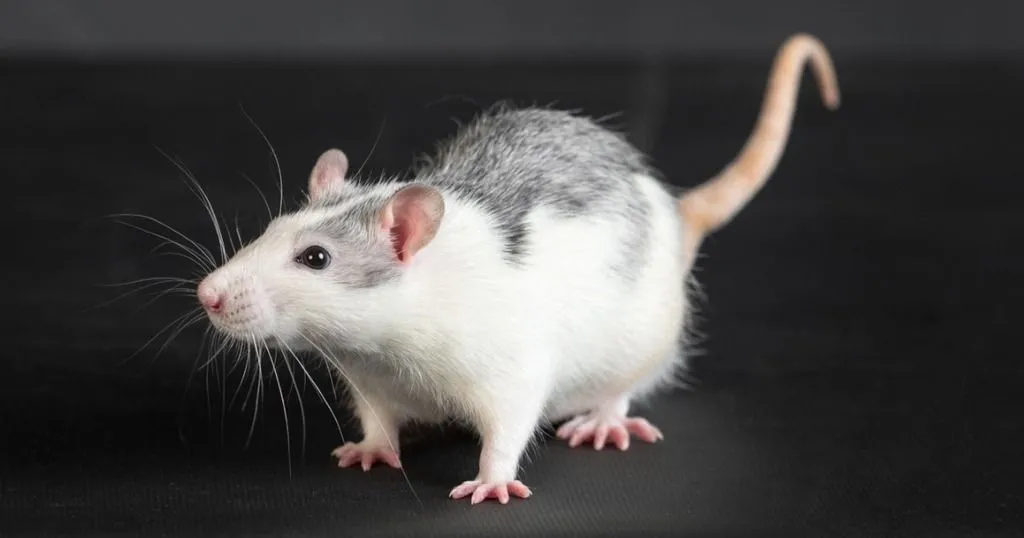
05 Jul
animal behavior research
Gait and Locomotion
Time based relations in gait analysis
I have written two blog posts about static gait parameters. Now it’s time to talk about all four paws, and the time based relationships between them. If you ask me, we’ve been saving the best blog post for last!

28 Jun
animal behavior research
Gait and Locomotion
Going the distance - and why it matters in gait analysis
A footprint, that is. With CatWalk XT, you can extract a lot of information from just one footprint. In this post, I am taking it a step further by talking about the relationship between prints.